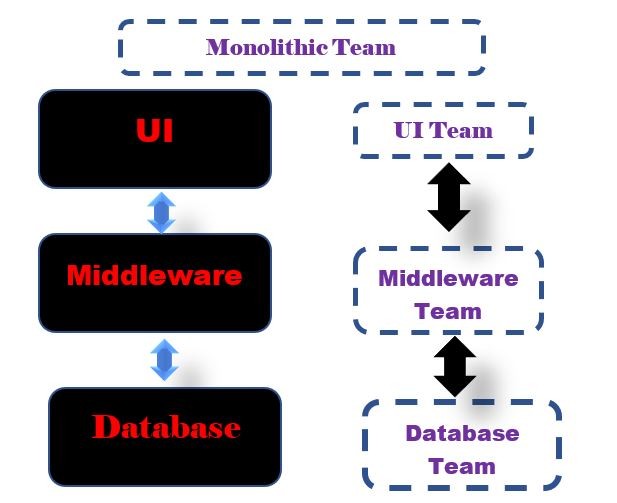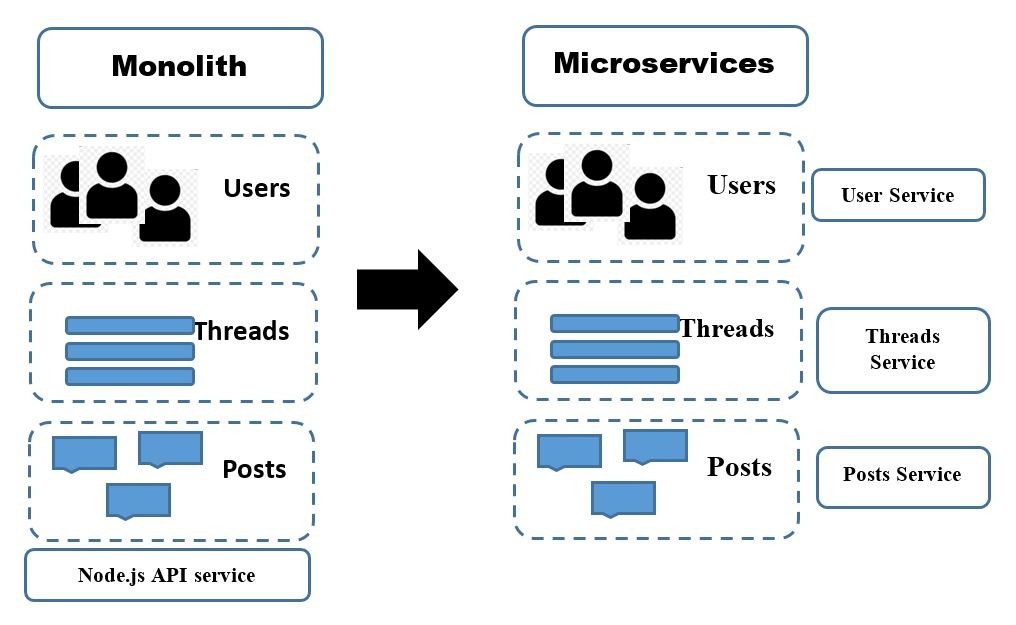Microservice Architecture and Agile Teams
Learn how Microservice Architecture strategy drives the teams naturally Agile.
Join the DZone community and get the full member experience.
Join For FreeLet us glance into the below Principles of Agile
- Our highest priority is to satisfy the customer through early and continuous delivery of valuable software.
- Welcome changing requirements, even late in development. Agile processes harness change for the customer’s competitive advantage.
- Deliver working software frequently, from a couple of weeks to a couple of months, with a preference for the shorter timescale.
- Working software is the primary measure of progress.
- Agile processes promote sustainable development. The sponsors, developers, and users should be able to maintain a constant pace indefinitely.
- Continuous attention to technical excellence and good design enhances agility.
When we would like to implement all the principles for the Agile team, how satisfied it would be when a team gets some natural technology booster?
What problem are we solving? Speed to deployment? Faster Feedback? Rapid prototype by any Agile team?
To achieve all these benefits of Agile principles, if technology can stimulate, why not embrace?
Let us look into the ideal Agile team structure
Conway's law is an adage stating that organizations design systems that mirror their own communication structure.

What is the best agile team structure look like?
The best agile team has shared ownership where team autonomy is the highest level; Teams are loosely coupled.
The squad is having end-to-end business delivery level ownership ( You Build it- You run it).
Let Us Talk About the Monolithic

Monolith means comprised all in one part. The Monolithic function illustrates a single-tiered software operation in which numerous portions are combined into an individual program.
In Monolithic architecture, there are more and more individuals working in the same place, they get into each other’s actions. Different developers wishing to alter the same portion of code, various teams wishing to push functionality live at diverse moments (or delay deployments).
Confusion around who controls what, and who makes decisions. A myriad of investigations establishes the challenges of obscure lines of ownership.
It would be challenging to deploy above said Agile principle with Monolithic Architecture. It is not like that we cannot deploy, but demand a lot of effort.
What Is Microservice Architecture

A service is a standalone, independently deployable software component that enforces some useful functionality.
Microservices are independently deployable services designed around a business domain.
They communicate with each other via networks, and as an architecture choice, suggest many opportunities for figuring out the problems, a team may encounter.
The autonomous nature of the deployments opens up new models for enhancing the scale and robustness of systems and obliges team to mix and match technology
As services can be worked on in parallel, a team can bring more developers to bear on a problem without them getting into each other’s actions.
It can also be simpler for those developers to understand their part of the system, as they can focus their concern on just one part of it.
Process isolation also causes it feasible for us to alter the technology choices team makes, perhaps mixing different programming languages, programming styles, deployment platforms, or databases to discover the perfect blend.
Microservice architecture does allow the team more concrete boundaries in a system around which ownership lines can be marked, allowing the team much more flexibility regarding how you reduce this problem.
The microservice architecture enables each service to be developed independently by a team that is concentrated on that service. As a result, it produces continuous deployment possible for complex applications. The microservice architecture enables each service to be scaled individually.
It has been observed when a team or organization adopts Microservice architecture the legitimate gain is the built-in agility an organization gets.
Rapid product feature development and getting rapid feedback are much easy and normal in the Microservice architecture.
When we go forwards with Microservice Architecture it will create teams to be Agile because those teams started exhibiting below Agile traits
- Each Agile team can act as autonomous and function can be done with nominal coordination with other teams
- Each Agile team can act as a loosely coupled
- Each Agile team can achieve team autonomy with the minimal collection of services
- Each Agile team can improve sustainable software development owing to Strong modularization and easy replaceability.
- Each Agile team can improve code quality(Technical Excellence) owing to long term code ownership
- Employee satisfaction is greater because more time is devoted to delivering valuable features instead of engaging in fire fighting.
- Each Agile team can reduce the time to market, which implements the business to promptly react to feedback from customers.
- Each Agile team can do natural experimenting and adoption of new technologies.
- Each Agile team can do on their own Build-Release-Run of an application
- Each Agile team can do better fault isolation.
- Each Agile Team's continuous release of small, detached changes reduces the risk of breaking functionality.
Why not investigate this approach whenever applicable so that Agile is natural to the part of these teams? Of course, everything cannot be microservices or should not be microservice until clear benefits are identified.
Incrementally in an agile way let us explore to encash the benefits.
What do you say? Have you come across such a situation?
Opinions expressed by DZone contributors are their own.

Comments